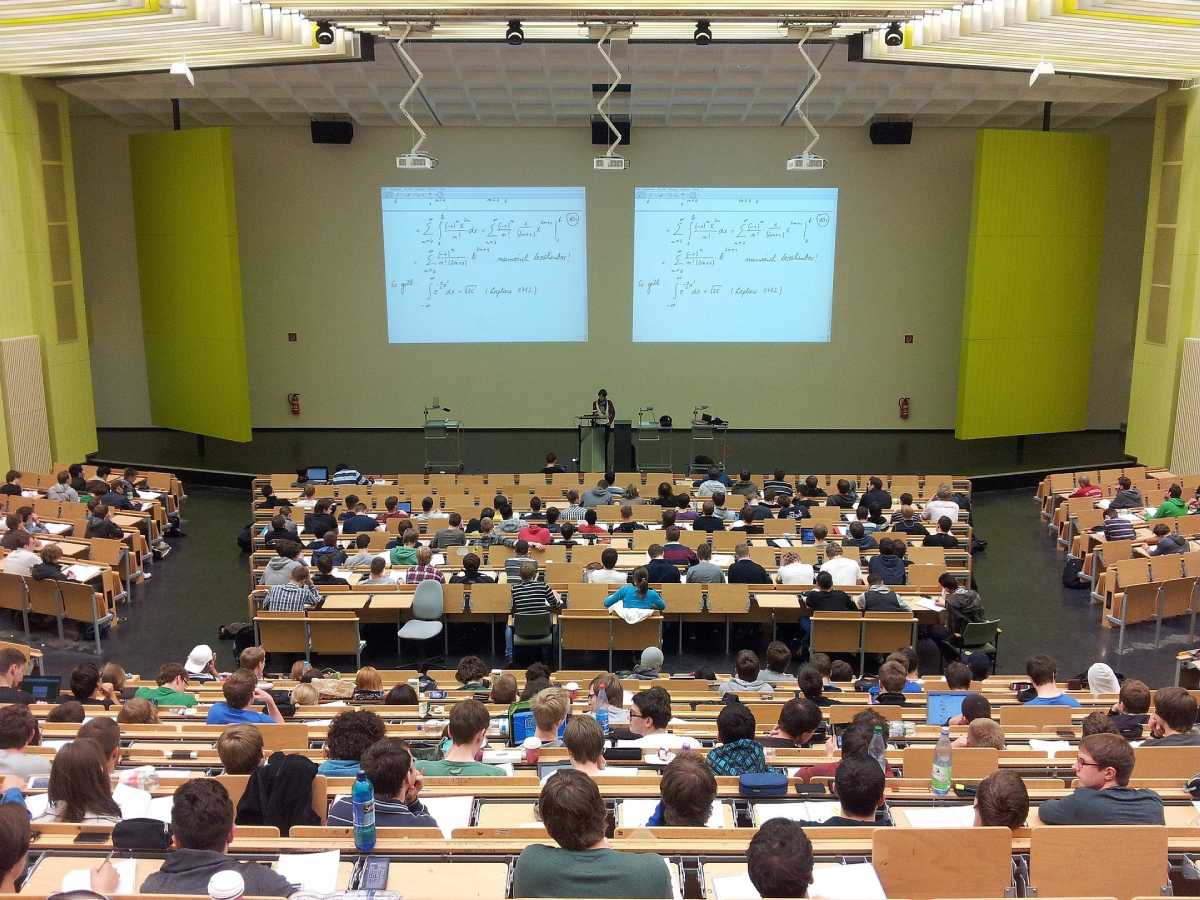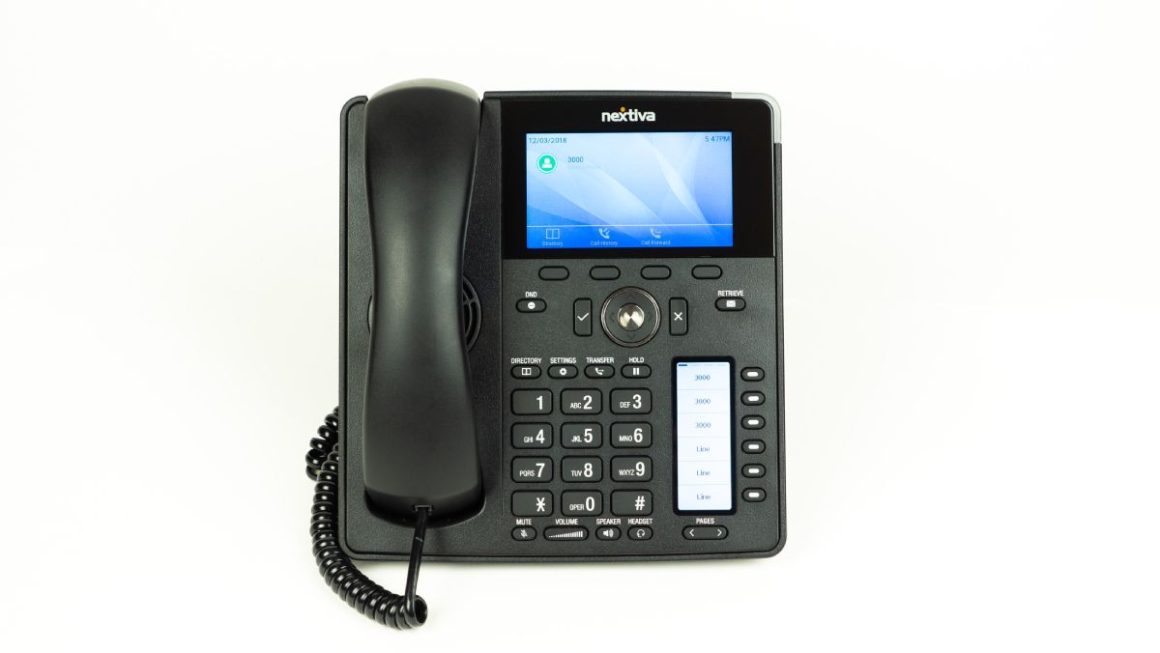Advances in technology have had an immense effect on our daily lives. From changing how we interact and do business to even how we think. Learning and teaching have not been left behind in this technology revolution. There has been a notable shift in the educational sector due to the introduction of modern technology. It has changed the way students learn and interact with teachers and has had many positive effects on the learning process.
These days, the prospect of spending hours in a library in search of a specific book does not have the same allure as it once did. Thanks to advancements in technology, obtaining information is much simpler and e-libraries are perfect examples of how this has improved educational access. It is now easy to get what you need with only a few clicks thanks to the internet, the pinnacle of modern technology. The options available to learners are limitless.
Let’s have a look at how technology has altered education as well as its benefits to the industry, whether it’s carried out in person or online.
Table of Contents
Ease in problem-solving
Record-keeping and data organization have been taken to another level, thanks to technology. This has accelerated the educational experience. The advent of Wi-Fi and progressive hardware has also had a major impact on teaching approaches. Students are having the time of their lives as learning is easily facilitated and answers can be acquired at the click of a button. Long gone are the days of the abacus, as it has been replaced with more advanced calculators. This has improved our ability to think critically, and ultimately, increased the advantages to society.
Access to education
A few years ago, obtaining quality knowledge and education required one’s physical presence. Students had to trudge long distances to get to the schools that offered quality education. University students were required to cover lengthy distances to access their campuses. 2020 proved to be a pivotal year for education and life in general. Lockdown led to a shift in the educational paradigm, which required that schools use advanced technologies to keep their operations running. Students and teachers had to learn how to access lectures from the comfort of their own homes.
The use of video conferencing applications such as Zoom and Skype enabled a seamless shift to online schooling, breaking through traditional educational boundaries. With this versatile option, students were able to pursue their learning without any interruptions. Technology has also made education more affordable and easier to access than ever. Learners from developing nations can save money on travel and receive an education in their own area.
You can hire an LSAT tutor to help with your law degree and almost every other educational subject. Students can now study, do their exams and obtain degrees from different parts of the world. Those looking to help shape the future of education can enroll in a distance learning masters education through a renowned institution, such as the University of Exeter. Taught by world-class faculty, students of this program are equipped with the knowledge and skills to take on roles in education leadership and management.
Top-notch academic writing
The ability to craft written pieces of a higher academic standard has been improved by the use of modern technology. New tools and applications have been developed to help students and scholars produce written works of a superior quality. These tools allow for better organization, faster editing and more accurate grammar and spelling. They also provide access to a wider range of resources for research, allowing for broader and more detailed examinations of topics. As a result, academic writing has been enhanced to a high degree.
Thanks to the availability of various tools for writing, the standard of written work has increased. AI-powered applications can assist students in writing more effectively and creating more persuasive essays.
By incorporating technology, authors can also modify their writing to accommodate those with visual impairments. For those with visual handicaps, braille and other assistive tools make it easier for them to learn.
A dramatic increase in the availability of information
The current era is characterized by a dramatic increase in the ease of access to information, often referred to as an ‘information explosion’. The web is a great resource for students to access a wide range of information. This gives them the opportunity to observe the world around them first-hand. Educational content, ranging from scholarly research to instructional videos, is now available on the internet.
In order to reap the benefits of the internet, all you need is a web browser and internet access. You can search for the relevant information to contribute to your education. Technology has made it so that people have a wide range of options when it comes to communication and data access. In contrast to the traditional methods of learning, audiobooks now offer students an expedited way to obtain knowledge.
Some other forms of e-learning encompass:
● Websites that specialize in a particular area
● Blogs
● Academic discussion boards
● Video broadcasting channels
Altered Interaction Between Students And Teachers
There is a disagreement on the impact of online learning systems regarding the relationship between educators and pupils. Some consider it a favorable development, but others are of the opinion that digital technology has had a detrimental effect on communication between the involved parties.
Some students are not eager to question their instructors during virtual instruction. This lack of participation can be attributed to the multitude of options they now have; they may also believe they can attain more satisfactory answers from the web.
Conversely, the introduction of video conferencing, emailing and social media have made communication a lot simpler. Students now have the ability to contact their teachers directly with questions via text or call. This increased accessibility has improved the student-teacher relationship significantly. Technological advancements such as video, audiobooks and virtual tours have altered the educational environment.
With the advancement of technology, teaching and learning have become increasingly interactive. We live in the age of instant gratification where learners now need to be actively engaged to participate in classes. Instructors are also using advanced monitoring systems to monitor the progress of their students. Platforms such as Blackboard have helped higher learning institutions increase enrollment of students, measure success and engagement as well as retention. Some schools may use the Canvas learning management system as it’s easy to use, allows open-source code, global communities, mobile learning and other integrations.
Personalized Educational Experiences
Due to the individual differences among students, educators have been driven to craft diverse approaches to teaching so that each student can benefit. This means that what may be effective for one learner may be completely ineffective for another. In order to make sure that students are receiving the best education, teachers utilize the mediums that their students prefer. This personalized and diverse approach to education encourages creativity and helps students adjust to using a variety of learning tools.
Computer-based Exams
Gradually, technology has enabled schools to shift away from administering exams on paper. Testing is now often conducted digitally, with computers taking the place of paper and helping to preserve the environment. Computer applications can now be used to determine students’ comprehension of academic material and makes testing far more efficient as it doesn’t require constant supervision.
Though this technology is highly advanced, it still has some downsides. The main issue is that it doesn’t leave room for adaptability. Computer-driven examinations are based on objectivity and are not the most suitable way to evaluate students’ creativity.
Support For Those With Learning Difficulties
Providing assistance to students with learning disabilities is a key priority. Ensuring they have the necessary tools to be successful in their learning is paramount. With the right support, these students can reach their academic potential, so creating an environment that is conducive to their particular needs through the proper utilization of resources should be prioritized.
The traditional classroom setting can be quite rigid. Every student is given the same educational experience, despite their individual backgrounds. However, not all students are equally able to work in this kind of environment. Technology has increased the teacher’s ability to address students’ individual needs. Students with physical, auditory, communication or visual impairments are now supported in accessing education at a high level.
Modern technology has been beneficial for those with visual and hearing impairments, providing them with the necessary tools such as braille and hearing aids. It is evident that technology has created a beneficial atmosphere for all. It has altered the field of education in many positive ways. Remarkably, it has also increased our potential for achieving ideal learning conditions.
Pros of Technology In The Classroom
Technological devices can stimulate students
Currently, the majority of school-aged children have encountered technological tools beginning at a young age, and associate them with pleasure and enthusiasm. This means that the use of technology in the classroom not only helps keep kids interested while learning but can also provide a new dynamic to traditional lessons.
Gives students a head-start in the future
As our world becomes increasingly reliant on technology, it is important for children to gain knowledge and skills of tech devices which they can apply to their academic and professional lives. Introducing pupils to technology at a young age is an excellent way to build a foundation for future success.
Allows for spontaneous learning
Technology can give children the chance to investigate topics which they find interesting. As opposed to the past, information is now much more accessible, and having access to it can enhance learning in and out of the classroom. For instance, a science lesson on dinosaurs could be supplemented by a video or virtual tour of a natural history museum.
Things To Be Wary of With Technology In The Classroom
In-person socialization still required
While technology can effectively support learning, studies have indicated that technology can cause people to feel disconnected and isolated from society. Kids who spend a lot of time with tech may not have enough opportunity to communicate with their peers, which can affect their emotional and social growth. To prevent this, it is important that students have opportunities to socialize outside of technology, and that socialization with family and friends is encouraged.
Can discourage creativeness
Many games and activities that are tech-based are “pre-made”, not providing much room for problem-solving or creative thinking. However, there are also plenty of games which encourage imagination and critical thinking, and these should be utilized to ensure children are having fun in a safe and educational way.
Technology can introduce additional dangers
Without the right security measures in place, computers may grant young people access to inappropriate content. Parents and teachers can help to prevent this by using internet filters, website blockers and carefully supervising students.
Bottom Line
The advances in technology have had a positive effect on teaching and learning. Nowadays, virtually everyone has access to large amounts of knowledge. Aimed at promoting affordability, further advances are targeting the cost of implementing technology in educational institutions.
Despite some disadvantages, we cannot overlook the beneficial effects of technology on education. It has become almost inextricable from teaching, and for good reason. Understanding the impacts of technology on education will lead to its increased utilization and further improvement globally.
Technology in the classroom has revolutionized the teaching experience. By employing digital tools, educators are now able to impart knowledge more effectively to their students. Such technological advances have allowed teachers to create a stimulating environment and to engage their pupils in learning that goes beyond what is traditionally offered. Those looking to pursue a career in education need to be aware of advancements in technology that can be harnessed to support education. The introduction of technology into the classroom has had a profoundly positive effect on the teaching process and will continue to shape the future of education.
Also Read: Data Protection – Our Advice For Working From Home Safely




